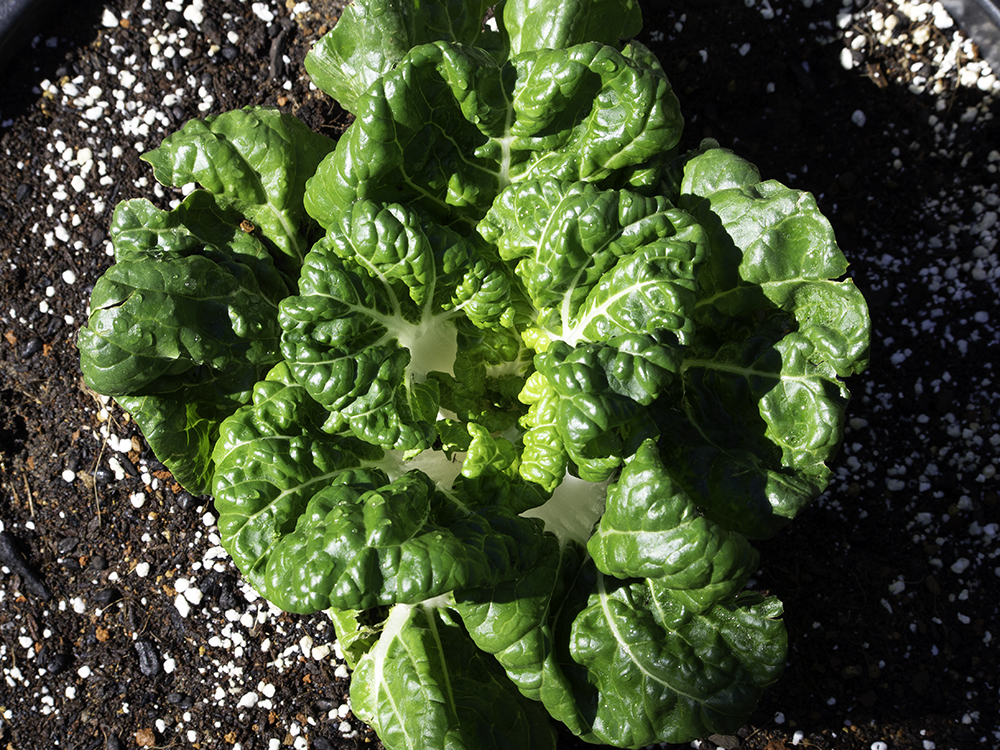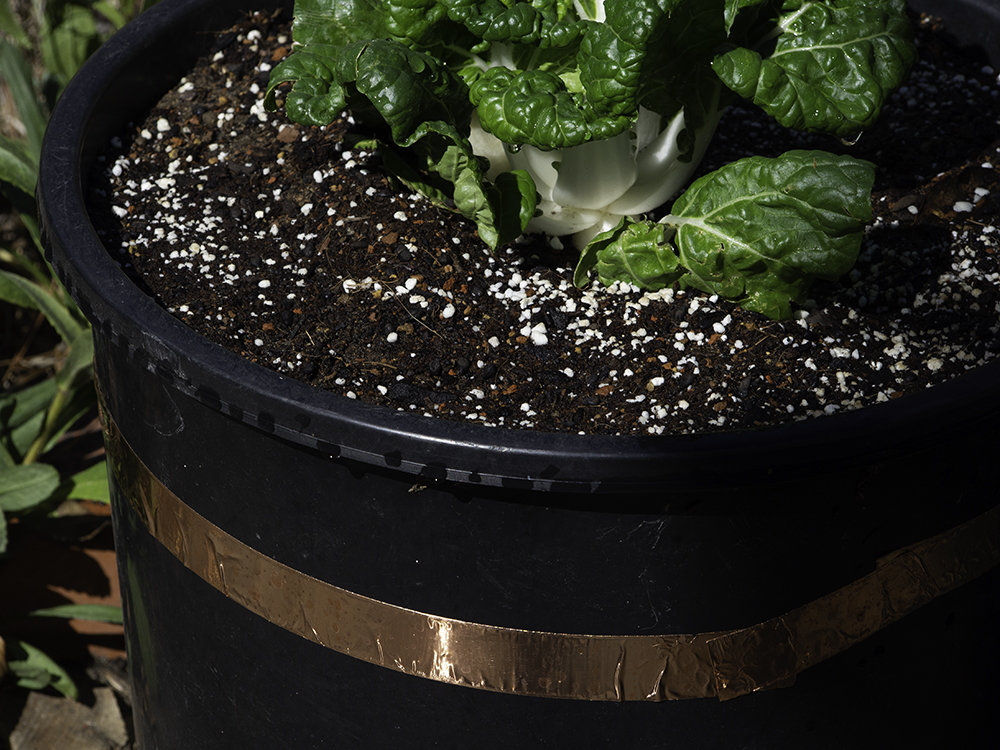Who doesn’t love pak choy (bok choy)? It’s a kind of Brassica rapa, a relative of turnip, mustard, cabbage, etc. In the past I’ve grown a variety called violetta, which is both beautiful and tasty. But this fall I felt I was a little too late to start a winter crop from seed, and I picked up some seedlings at a local nursery.

In our region we can grow cool-season vegetables as winter crops. Essentially there are two winter seasons, which are defined by the dormant months of December and January, when most plants shut down. There is an early winter crop, which can be planted in August or September and harvested in November (as a rule), and then there are others that take a little longer, getting started in the fall, shutting down in midwinter, and then maturing for harvest in February or March.
This pak choy is a small variety, growing to five inches tall, called Toy Choy. It’s very early, being ready for harvest in just thirty days. So we will be harvesting this one in the late fall / early winter. Growing pak choy as a winter crop has advantages: less watering is needed because of rain and shorter, cooler days, and the plant is less likely to bolt since it’s not subjected to summer heat.
Pak choy likes a lot of organic matter in the soil. I have this one planted in a five-gallon container. I added perlite for drainage, coir for moisture retention, and compost for enrichment.

You know who else really loves pak choy? Snails and slugs. It’s like their favorite thing. To protect the plant, I put strips of adhesive copper foil around the container. The copper makes an electrical reaction with the snail slime, and the snails won’t cross it.
Harvest by cutting the outer leaves, or pull the whole plant.
